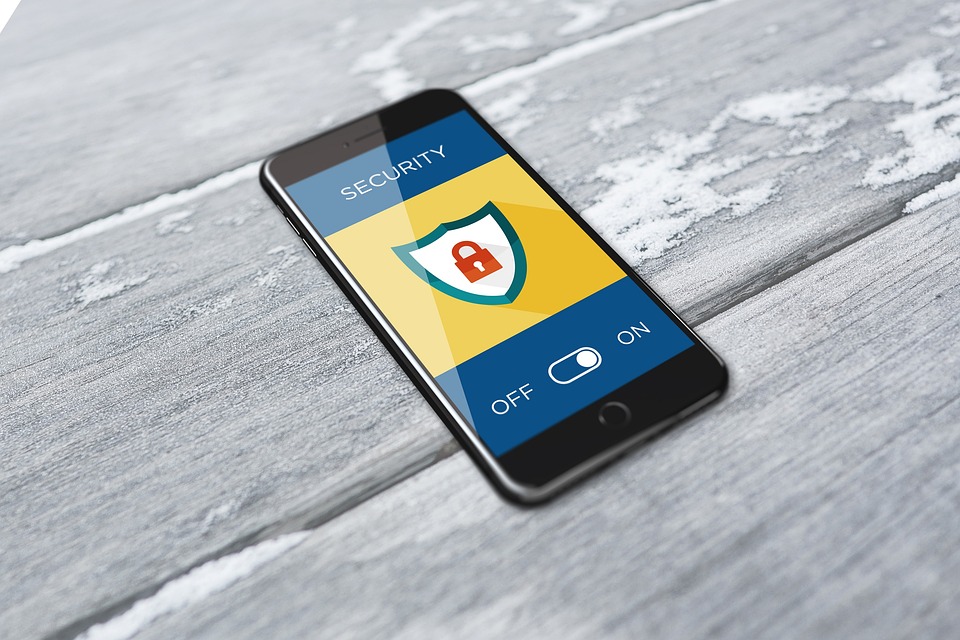Those data sources include strategic intelligence about long-term trends and the broader threat landscape, such as state-sponsored hackers, a growing menace. Companies can also monitor the dark web, a hidden corner of the internet where cyber gangs operate, sell stolen data, and exchange malicious tools and services. This will help leaders stay informed and detect risks early.
Promptly apply patches and upgrades
Another key question to ask suppliers is their approach to patches and upgrades, which are used to address known vulnerabilities in software. Hackers search for weaknesses or flaws that can be exploited. Patches and upgrades are designed to close these security gaps, but all too often companies do not prioritize security upgrades, as they become complacent. Applying these promptly helps minimize the window of opportunity for attackers.
Deploy technology for threat detection
Beyond that, companies can use technology to monitor their software supply chain for potential vulnerabilities or threats, such as systems that continuously monitor and protect organizations’ custom and third-party software assets.
Many companies already use threat detection systems but they can be highly sensitive, sending alerts for false positives. A report from cybersecurity company Critical Start found that 70% of security analysts are investigating more than 10 alerts each day, with a false-positive rate of 50% or higher. It’s up to organizations, however, to take them seriously and conduct further investigations.
While deploying such technology and establishing a culture of collaboration with software suppliers are two strategies to help organizations proactively identify and prevent potential security incidents, they’re unlikely to stop every attack. Organizations, therefore, need to always be prepared for a breach they hope never occurs.
Adopt a zero-trust security model
One way to limit the potential impact of security breaches is to deploy “zero trust architecture”. So rather than presuming the safety of everything within the corporate firewall, the zero-trust model treats each request to access the network as a breach that requires authentication and authorization. It also segments the network into smaller zones to minimize the potential for lateral movement by hackers in case a breach does occur.











